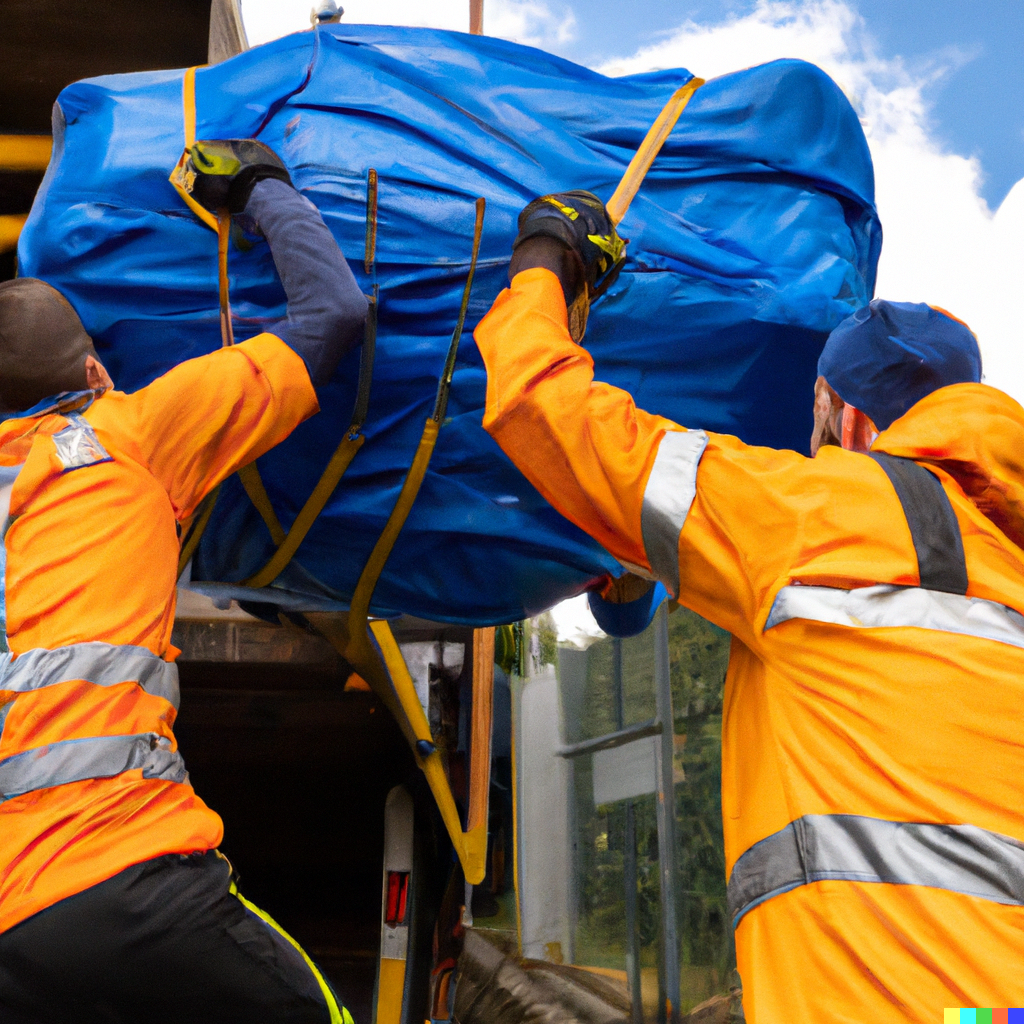
Hazardous Manual Tasks
Manual tasks involve any activity that requires a person to use their body to perform work, such as lifting, carrying, pushing, pulling, or awkward postures. These tasks can be hazardous and can result in serious injuries such as musculoskeletal disorders if not managed effectively.
In this blog post, we will explore the importance of hazardous manual task procedures for Australian employers and highlight some of the key areas that employers need to be aware of.
Identifying and assessing manual task hazards
The first step in managing hazardous manual tasks is to identify and assess the risks associated with them. This involves conducting a thorough risk assessment of all manual tasks performed in the workplace to identify potential hazards.
Some of the hazards associated with manual tasks include repetitive movements, awkward postures, and heavy lifting. By identifying and assessing these hazards, employers can take steps to prevent accidents and ensure the safety of their workers.
Compliance with regulations
In Australia, employers must comply with Work Health and Safety Regulations when it comes to hazardous manual task safe systems of work. These regulations are designed to protect workers and ensure that employers take their health and safety responsibilities seriously and take all necessary steps to ensure the safety of their workers.
Implementing measures to control manual task hazards
Another key element of hazardous manual task procedures is implementing measures to control the hazards identified. This includes implementing engineering controls, administrative controls, and personal protective equipment (PPE).
Engineering controls involve modifying the workplace to eliminate or reduce hazards, such as using lifting aids or adjustable workstations. Administrative controls involve changing work practices or procedures to reduce exposure to hazards, such as implementing safe work procedures or training workers on safe lifting techniques. PPE includes equipment such as gloves, back belts, or knee pads, that are worn by workers to protect them from hazards.
Monitoring and reviewing measures
It is important to monitor and review the measures that have been implemented to control manual task hazards. This includes regularly checking equipment, reviewing procedures, and engaging workers in the process. By monitoring and reviewing measures, employers can identify any gaps or weaknesses in their hazardous manual task procedures and take steps to address them before accidents occur.
In summary, hazardous manual task procedures are essential for ensuring the safety of workers in Australia. By identifying and assessing manual task hazards, complying with regulations, implementing measures to control hazards, and monitoring and reviewing measures, employers can ensure that workers are safe and protected in the workplace. Talk to us about developing effective hazardous manual task procedures for your workplace.
